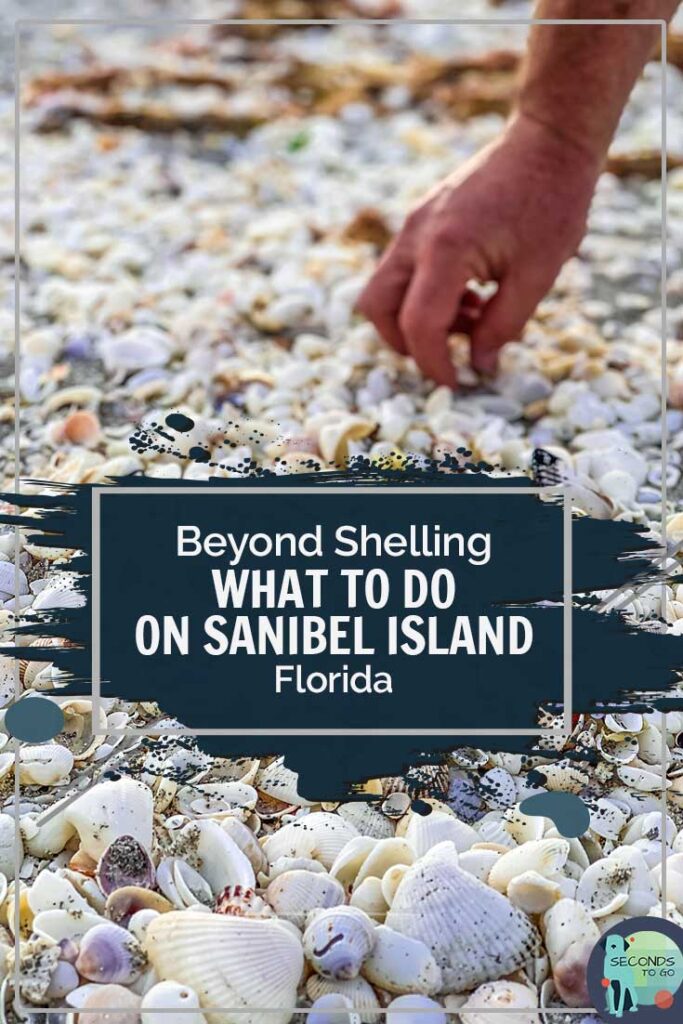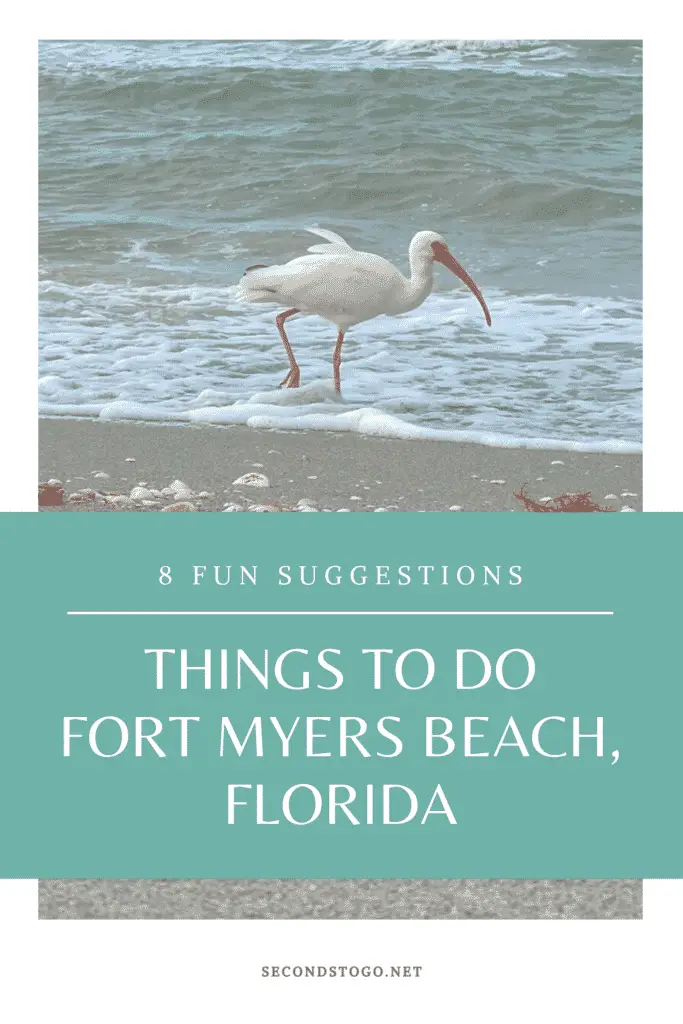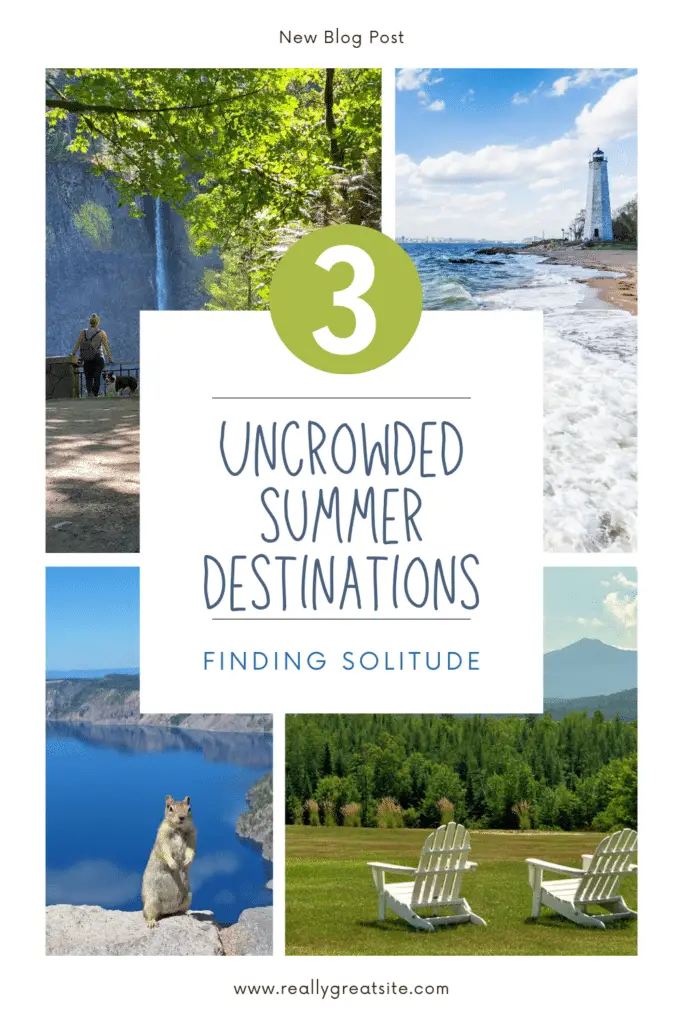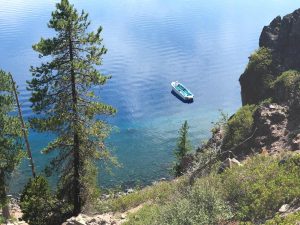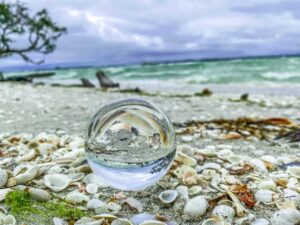When visting Tampa, beaches may beckon sun seekers and wave crashers, but there is more to vacationing in the area than sea and surf. In fact, you’ll find a number of amazing things to do near Tampa.
For those looking for some more off-the-beaten path adventures, here are 5 nearby attractions you’ll want to consider when visiting Tampa.
Table of contents
Fauna and Foliage Create a Calming Respite at the Sunken Gardens
History and a breathtaking array of flora and fauna come together to create the Sunken Gardens. Sink into the inviting canopy of multiple species of palms and browse the understory for flowering spots of color as you descend into a private oasis right in the heart of St. Petersburg.
Visiting the Sunken Gardens has been one of the most popular things to do near Tampa for over 100 years, since plumber George Turner Sr. first drained a shallow lake and created his own private underworld. Some of the first plants to join his garden were papayas and citrus varieties, providing a bevy of seasonal fresh fruit to local residents.
While original strolls of the garden grounds might cost you a nickel, entry fees had risen to nearly a quarter by 1935 as the popularity of the attraction grew. In 1965, Turner’s son and heir expanded the gardens, adding a gift shop and wax museum.
Guests continue to flock to the Sunken Gardens today to experience the cooling calm of over 50,000 tropical plant species, to walk the 4 acres and simply leave the noise and cares of the world behind. You can also visit with a flock of Chilean Flamingos—descendants of the original flock that joined the gardens in 1956—as well as macaws and cockatiels.
The Sunken Gardens is located at 1825 4th Street North and is a must-do while visiting the Tampa area. While we would love to share all of our breathtaking photos to prove just how special this place is, the organization’s photography policy prohibits it.
However, if you don’t want to take our word for it, please view the photo gallery on the Sunken Garden’s website page.
While Visiting the Tampa Area, Why Not Hit the Sponge Capital of the World?
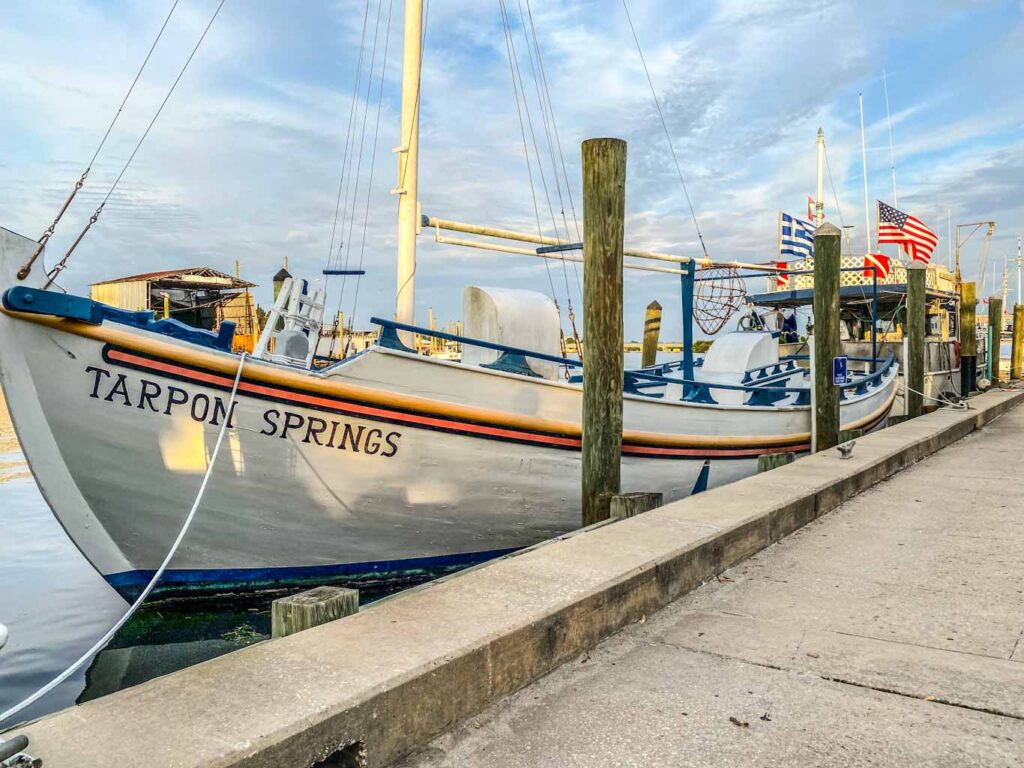
Explore Florida’s Greek culture and fishing heritage in this charming location only 45 minutes north of Tampa. Cobbled streets invite guests to the town’s historic district and extend into the working wharf where professional anglers still arrive with their bounty each day.
The catch of choice in Tarpon Springs are sponges, and if you’re lucky enough to be on hand when a boat arrives from days or even weeks out exploring the deep, you can watch the captain and his or her mates count and sort the catch.
After witnessing the origins of some of the industry’s greatest finds, stroll on over to one of the shops and pick up you own sponge or corral souvenir. There are plenty of Greek and seafood restaurants to keep your stomach full and your energy high as you continue to explore the quaint shops, filled with everything from kitschy souvenirs to work from local artists.
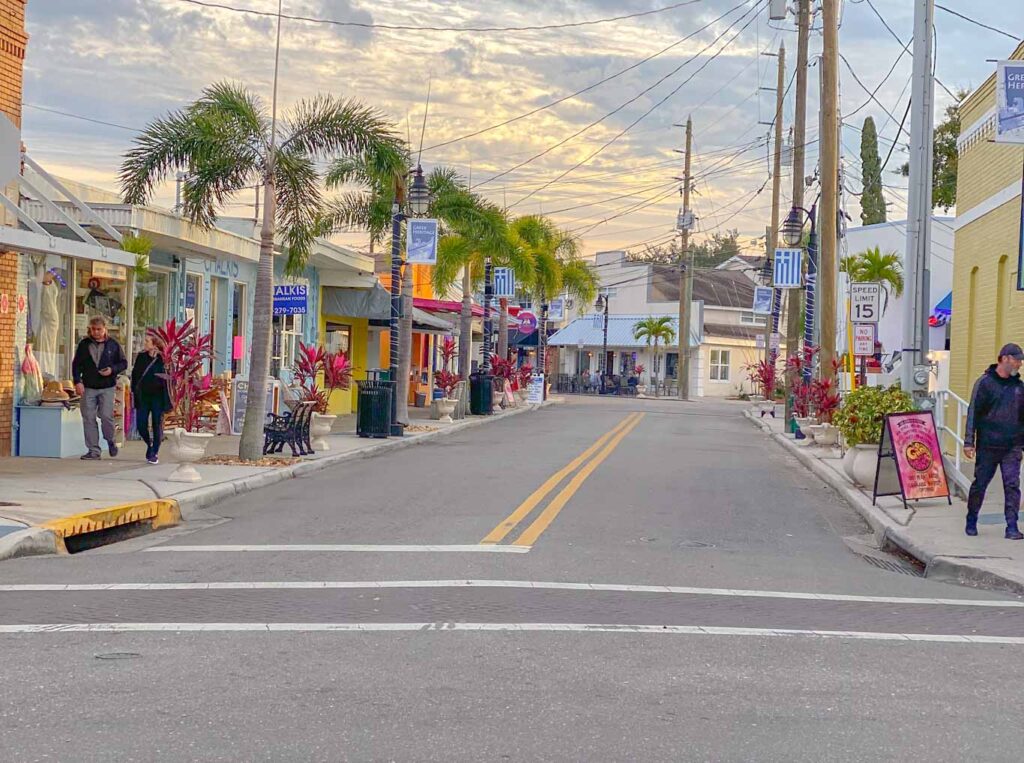
In addition to being one of the lesser-known things to do near Tampa, Tarpon Springs is home to one of the largest populations of Greek and Greek-Americans in the U.S. today, and if you’re wondering why the area would be home to such a rich and vibrant Greek culture, that’s easy to explain. Greek immigrants were some of the region’s first sponge divers, settling the area in the early 1900s due to easy access to the Gulf of Mexico.
Tarpon Springs is a historical delight, but also offers a rare look into the nitty-gritty of the fishing industry as well as a glimpse of marine life. For a deeper view, be sure to visit the nearby Tarpon Springs Aquarium and Animal Sanctuary located at 1722 North Pinellas Ave.
Things to Do Near Tampa: Exploring the Ruins of Fort De Soto Near Tampa
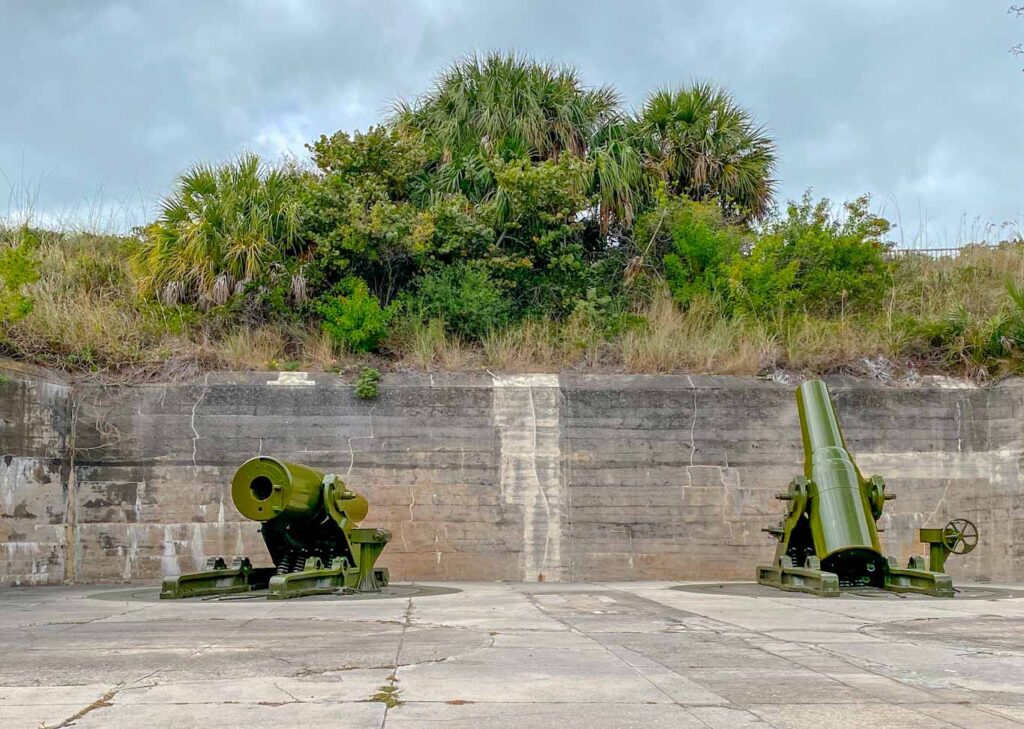
While exploring the many keys that make up the barrier beaches provides visitors with a host of things to do near Tampa, those seeking something in addition to sun and surf head over to Fort De Soto, located at the state park bearing the same name. Here, you can explore what remains of the original military post that once protected the mainland from foreign adversaries.
Fort De Soto was originally built in the late 1800s to defend the coast from Spanish ships during the Spanish American War. A self-guided tour will take you along the southwestern tip of the key, where white sandy beaches once held a prime military fort. Waves rushing ashore and the sound of gulls in the air are soothing as you explore the historical remains, always reminded of the present with dramatic views of the Sunshine Skyway Bridge.
Handy plaques inform visitors of the old fort structure, with historical images to fill in the gaps where only foundations remain. If you’re still seeking knowledge, the Quartermaster Museum provides more information, including first-hand diary accounts from inhabitants at the time.

To complete your trip into the past, be sure to visit the artillery holds and firing galleries located on the northern side of the parking area. You can even climb to the top, courtesy of a modern stairway, for an expansive view of Tampa Bay and Egmont Key to the southwest.
Once you’ve climbed the battlements, make your way over to the fishing pier. From here, you can walk surfside to get up close and personal with the remains of Battery Bigelow, a gunnery station that protected the coast until the hurricane of 1921 destroyed the 2 three-inch rifles. Time and erosion have also taken a toll on the foundation structure, but the history remains.
If you’re lucky, the ferry will be running to Egmont Key, where you can also explore the remains of Fort Dade, the Egmont Key Lighthouse and Battery McIntosh. A Ferry operated by Hubbard’s Marina Ferry provides the only transportation to the key and departs daily (weather permitting) spring and summer from the Bay Pier inside Fort De Soto State Park. In the fall and winter, Hubbard’s offers a more sporadic schedule, so be sure to check the hours before heading out.
Tours last around 4 hours including 30 minutes travel time. Reservations for those visiting Tampa can be booked online and are highly recommended.
Visiting Cigar City on the Outskirts of Tampa.
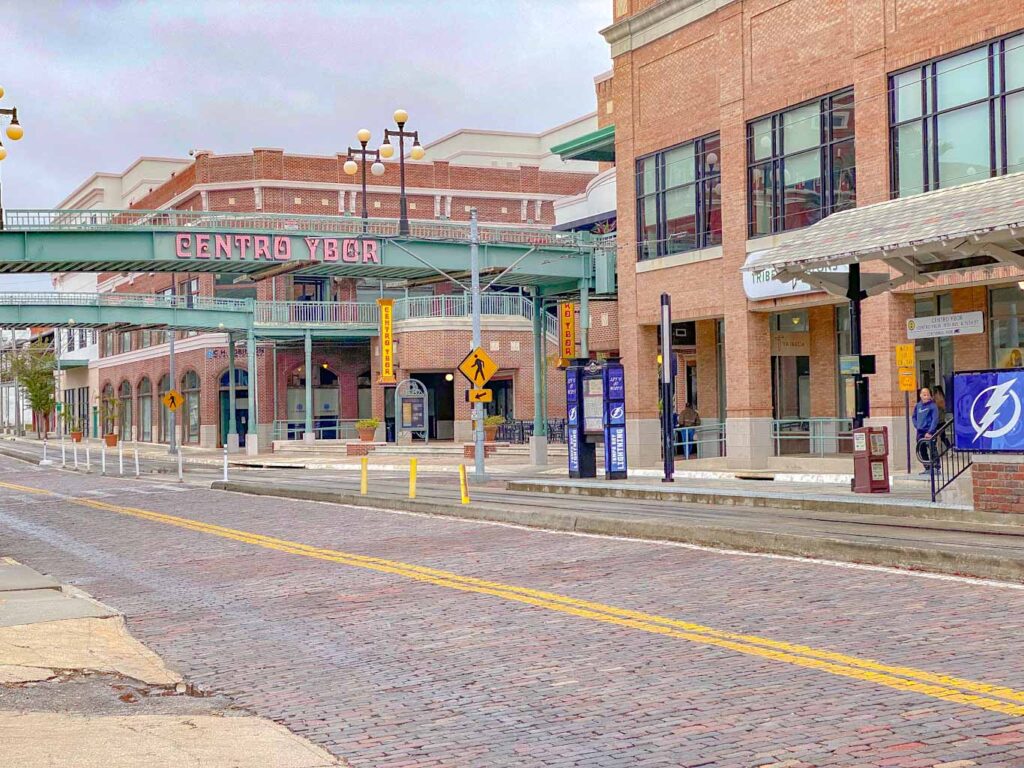
You won’t have to drive far to find this popular Florida excursion. It’s one of the hottest things to do near Tampa for nightlife lovers and those seeking inspirational eats. But for daylight explorers and history lovers in particular, Ybor City offers a number of attractive finds.
Upon first entering the historic district, which runs from approximately 6th through 9th streets heading north or south, you’re immediately struck by the sense of timelessness. Historic factories remain, and while many of the original shops and buildings have been converted to restaurants and night clubs, you’ll find several reminders of the Cuban immigrant culture, particularly when you cross paths with roaming flocks of chickens, descendants from an earlier life.
In fact, the Cubans weren’t the only ones to immigrate to Ybor City to ply their hands at the cigar trade. They readily welcomed Spaniards, Germans and Jews from Romania. Some of the most noted cigar makers from the turn of the last century were originally founded from these hardy groups of immigrants.

In its day, Ybor was the model factory city, providing work and support, as well as the culture, entertainment and educational miens of a highly functioning community. You can explore the history of Ybor by visiting the Ybor City Museum State Park, located in the town’s former bakery. Tours are only $4 a person and include a film and several displays.
For a timelier presentation, be sure to visit El Reloj, the last operating cigar factory in Ybor. Inside the red brick building, the Newman family continues to roll cigars according to historic tradition. Watch skilled craftsman ply their trade and enjoy more historic exhibits outlining the history of cigar making in Florida.
Manatees Welcome Travelers Visiting Tampa

It’s far from a likely location, but manatees seem to love it. The discharge canal of the Big Bend Plant continues to be a favorite warming spot for cold manatees and has been turned into a state and federally designated manatee sanctuary.
To accommodate visitors hoping to spot one of the floating mammals, Tampa Electric created the Manatee Viewing center adjacent to the canals. Here, elevated boardwalks make it easy to peer into the water, where the amorphous manatees hover inches beneath the surface. If you watch for awhile, you may be close enough to see one rise for air.
It’s free to park at the Manatee Viewing Center, but the lot does fill quickly at park opening. Your best chance to see manatees from the walkways is during colder weather, but if you come up short on manatee sightings, you can always learn vicariously by visiting the MVC’s environmental education building. Here, colorful displays illustrate manatee life in detail and may just provide more information than you’ll find by merely observing manatees in real life.
After viewing the manatees, be sure to take the Tidal Walk trail or the Manatee Viewing Center’s habitat loop trail, to explore another habitat, that of the mangrove. Shell lined pathways and elevated boardwalks meander through various ecosystems, including a mangrove forest, and ultimately lead to the 50-foot-high viewing tower, offering a sweeping panorama of Tampa Bay.

